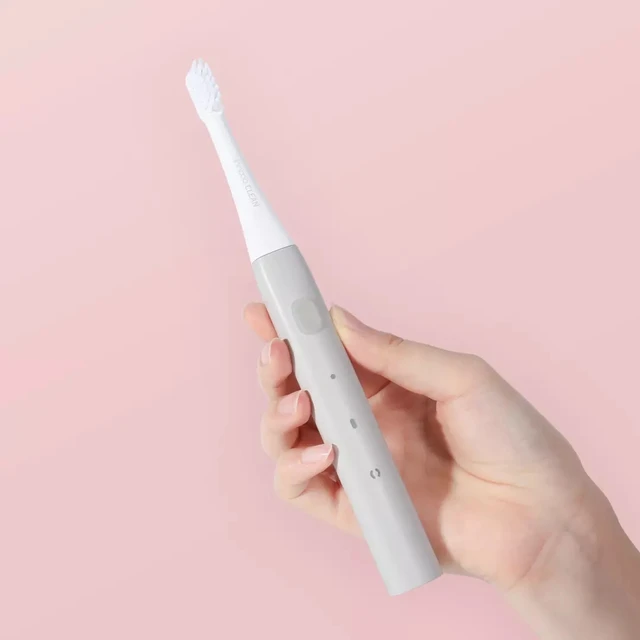Introduction:
Cleaning an electric toothbrush with water is an essential practice for maintaining its cleanliness and hygiene. While water alone may not completely sterilize the toothbrush, it is an effective method to remove debris, toothpaste residue, and bacteria from the brush head. In this guide, we will explore the process of cleaning an electric toothbrush with water, highlighting the importance of regular rinsing, techniques for thorough cleaning, and additional tips for maintaining a clean toothbrush. By following these guidelines, you can ensure a hygienic electric toothbrush for your oral care routine.
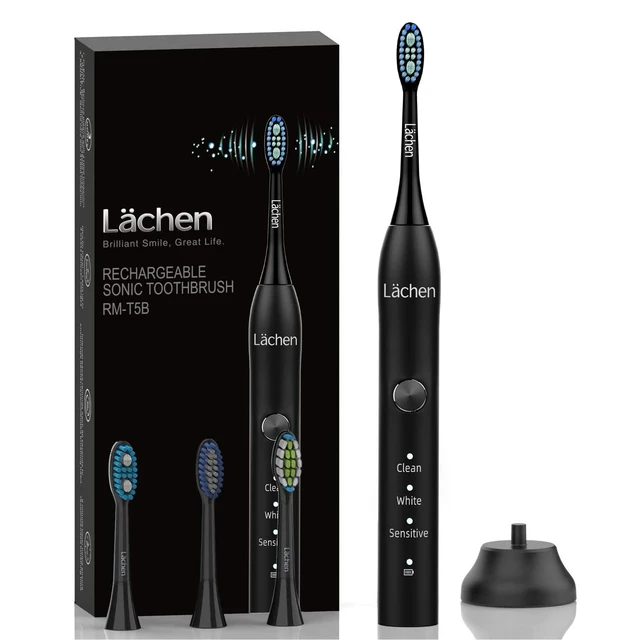
Can you clean electric toothbrush with water?
Regular Rinsing:
Rinsing the electric toothbrush after each use is the foundation of maintaining its cleanliness. Here’s why regular rinsing is important:
a. Removing Toothpaste Residue: Rinsing the brush head under running water helps remove any toothpaste residue that may have accumulated during brushing. This prevents the buildup of dried toothpaste, which can harbor bacteria and affect the cleaning performance of the toothbrush.
b. Clearing Debris and Bacteria: Rinsing removes debris, food particles, and bacteria from the brush head. This reduces the risk of bacterial growth and ensures a fresh start for your next brushing session.
c. Promoting Good Oral Hygiene: Proper rinsing is essential for maintaining good oral hygiene. It minimizes the transfer of bacteria to your mouth and helps prevent the spread of germs.
Thorough Cleaning Techniques:
While rinsing is an important step, employing thorough cleaning techniques ensures optimal hygiene for your electric toothbrush. Here are some techniques to consider:
a. Brush Head Inspection: Regularly inspect the brush head for any debris or buildup. If there are visible particles or discoloration, use a toothbrush to gently scrub the bristles under running water to dislodge the debris.
b. Gentle Agitation: Gently agitate the brush head by moving it back and forth or in a circular motion under running water. This helps dislodge any remaining debris or bacteria trapped between the bristles.
c. Pay Attention to Bristles: Inspect the bristles for any signs of fraying or wear. If the bristles appear frayed or flattened, it’s time to replace the brush head. Worn bristles are less effective at cleaning and may harbor bacteria.
d. Run Water Through the Bristles: Place the brush head under running water, allowing the water to flow through the bristles. This flushes out any remaining debris, toothpaste residue, and bacteria.
e. Light Scrubbing: Use a toothbrush or your finger to gently scrub the brush head, focusing on the bristles and the base of the brush head. This can help dislodge any stubborn debris or buildup.
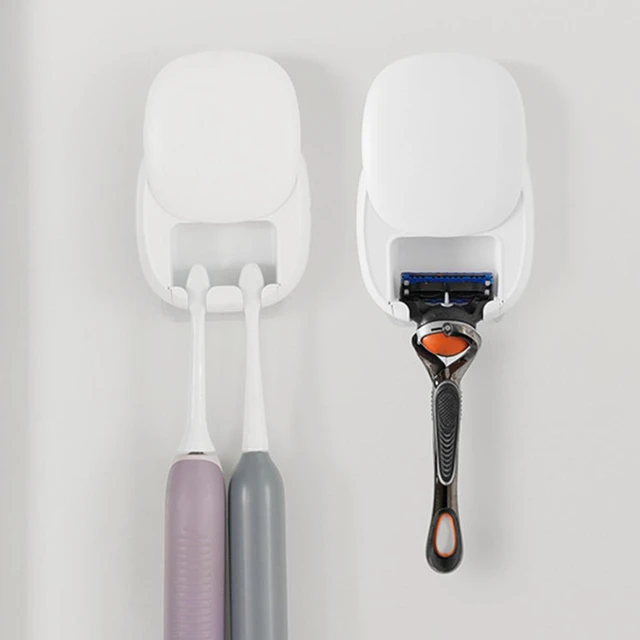
Additional Tips for Maintaining a Clean Electric Toothbrush:
In addition to rinsing and thorough cleaning techniques, consider the following tips to maintain a clean electric toothbrush:
a. Store Properly: Store your electric toothbrush in an upright position to allow it to air dry between uses. Avoid storing it in a closed container or covering the brush head, as this can create a moist environment that promotes bacterial growth.
b. Avoid Sharing: Do not share your electric toothbrush with others. Sharing toothbrushes can lead to the transfer of bacteria and increase the risk of infections. Each individual in your household should have their own dedicated toothbrush.
c. Clean the Handle: Periodically clean the handle of your electric toothbrush with a damp cloth to remove any dirt or residue. Be careful not to get the handle wet, as it could damage the internal components.
d. Avoid Harsh Cleaners: Avoid using harsh cleaners or abrasive substances to clean your electric toothbrush, as they can damage the brush head or handle. Stick to gentle cleaning methods, such as rinsing and using water.
e. Replace the Brush Head Regularly: It is essential to replace the brush head regularly to maintain optimal cleaning performance and hygiene. Follow the manufacturer’s recommendations for replacement, typically every three to four months or sooner if the bristles show signs of wear.
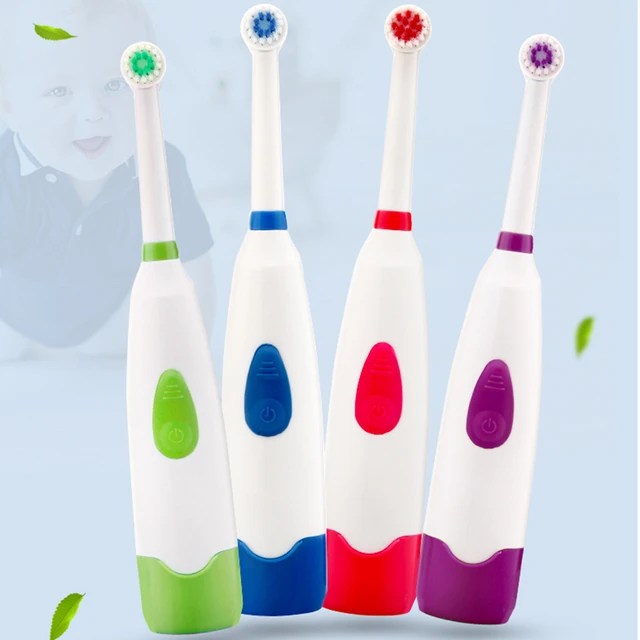
Traveling with Your Electric Toothbrush:
When traveling with your electric toothbrush, proper cleaning and maintenance are equally important. Here are some tips for keeping your toothbrush clean while on the go:
a. Rinse After Use: Just as you would at home, rinse the brush head thoroughly after each use to remove debris and toothpaste residue.
b. Use a Travel Case: Most electric toothbrushes come with travel cases or covers to protect the brush head during transportation. Place your toothbrush in its travel case to keep it clean and prevent contact with other objects in your luggage.
c. Pack Properly: Ensure that your electric toothbrush is dry before packing it. If the brush head is removable, remove it and pack it separately to allow proper airflow and prevent moisture buildup.
d. Keep Away from Contaminants: When traveling, avoid placing your toothbrush near potentially contaminated items, such as toiletries or dirty clothes. Store it in a clean and dry area to maintain its hygiene.
e. Clean Upon Arrival: Upon reaching your destination, clean your toothbrush thoroughly with water before using it. This ensures that any bacteria or germs accumulated during travel are removed.

Benefits of Cleaning an Electric Toothbrush with Water:
Cleaning an electric toothbrush with water offers several benefits for maintaining its cleanliness and hygiene. Here are some advantages:
a. Removes Debris and Bacteria: Water is an effective medium for removing debris, toothpaste residue, and bacteria from the brush head. Rinsing the brush head under running water helps dislodge any particles that may have accumulated during brushing, ensuring a clean and fresh brush for the next use.
b. Promotes Oral Health: By cleaning your electric toothbrush with water, you minimize the transfer of bacteria to your mouth during brushing. This promotes better oral health and reduces the risk of oral infections or diseases.
c. Prevents Bacterial Growth: Regular cleaning with water helps prevent the buildup of bacteria on the brush head. Bacteria can multiply in moist environments, so by rinsing and removing any trapped debris or residue, you create a less favorable environment for bacterial growth.
d. Maintains Brushing Performance: An electric toothbrush with a clean brush head performs better, allowing the bristles to effectively clean your teeth and gums. By regularly cleaning with water, you ensure optimal performance and maintain the toothbrush’s effectiveness in plaque removal.
e. Refreshes the Brush: Rinsing the brush head with water provides a refreshing and clean start for your next brushing session. It helps remove any lingering tastes or odors from toothpaste or mouthwash, offering a pleasant brushing experience.
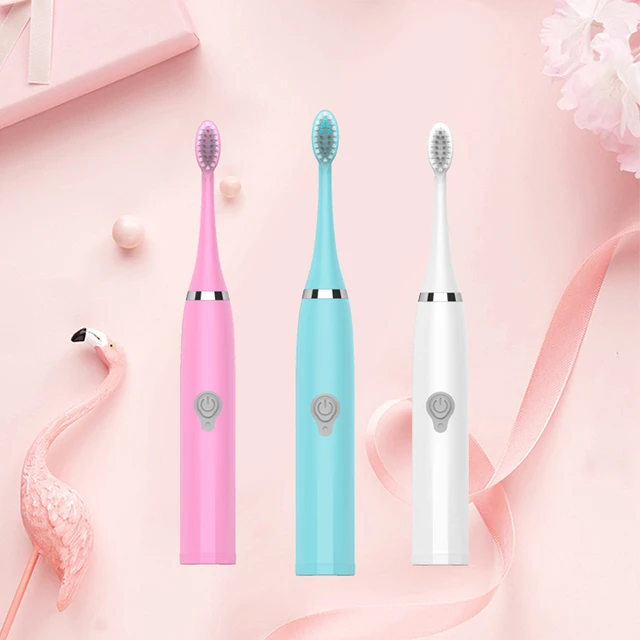
Conclusion:
Cleaning an electric toothbrush with water is a fundamental practice for maintaining its cleanliness and hygiene. Regular rinsing after each use helps remove toothpaste residue, debris, and bacteria from the brush head. Employing thorough cleaning techniques, such as gentle agitation, inspecting the bristles, running water through them, and light scrubbing, ensures optimal cleanliness. Additionally, follow other tips, including proper storage, avoiding sharing, cleaning the handle, and replacing the brush head regularly. When traveling, rinse after use, use a travel case, pack properly, avoid contaminants, and clean upon arrival. By incorporating these practices into your routine, you can effectively clean your electric toothbrush and promote good oral hygiene for a healthier smile.

